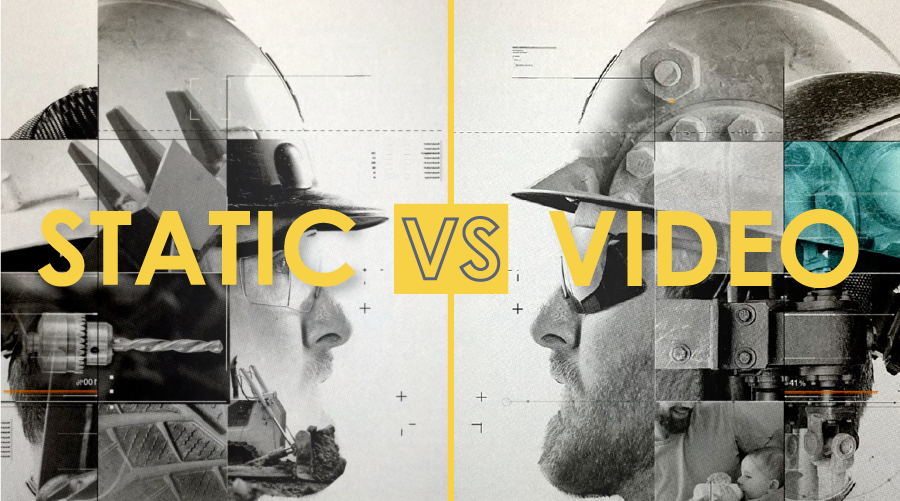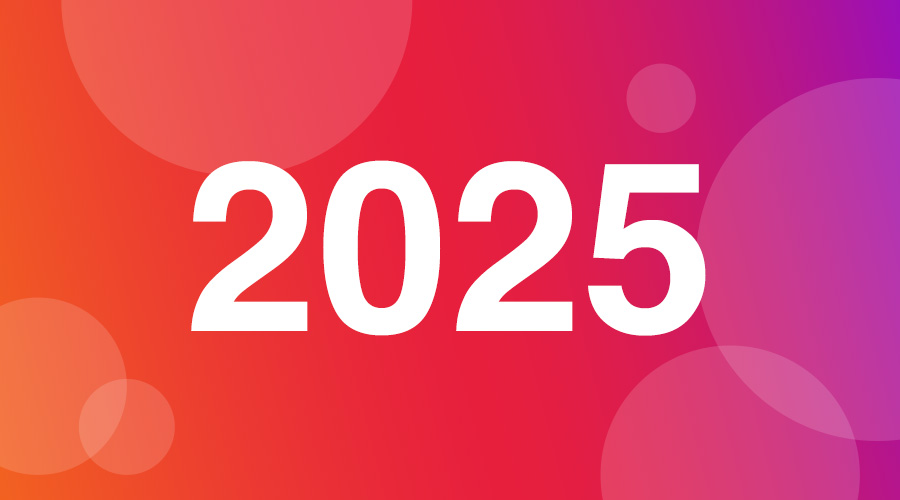Banner ads have become an integral part of the digital marketing mix. With the goal of capturing users’ attention, determining whether to use an animated or static banner may not be as obvious as you think.
Fading text, bouncing buttons or wiggling arrows may look neat, but does the effort and cost behind creating animated banners pay off?
As a marketing agency, we’ve asked ourselves this question over the years. And as the curious minds we are, we had to find the answer for ourselves. So, let’s start with our benchmark: In late 2017 to early 2018, we analyzed the performance of our animated versus static display banners. Here’s what we found back then: upon reviewing media assets across active and recently active campaigns, we saw little to no difference in CTRs (click thru rates).
Despite our best efforts to entice users with animated banners, click through rates continue to be near identical between animated and static display banners. When combined with the added cost and lengthier timeline required to create animated banners, using static banners was determined to be the preferred approach.
In recent months, we’ve seen a rise in requests for animated display banners so we went back to the data to see, have the trends changed?
Although we have run a limited volume of A/B split tests with animated versus static creative — now, we are seeing a slightly higher CTR associated with static assets. We also reached out to PathLabs (one of our AMIN and media agency partners) to see if they saw similar results with their creative executions. Here’s what we noticed:
- From 2017 – 2021, PathLabs saw near identical CTR across static and animated banners across standard display sizes (300 x 250; 728×90; 300×600; 160×600; 320×50; 300×50)
- There have also been some challenges in the ad servers running the animated assets correctly including no clicktag, hardcore URL that can’t override and multiple tabs opened based on serve time
All that said, the final answer to the question, “Does the effort and cost of animated display banners pay off?” is typically not. Static display banners are the standard and preferred option for all media plans we develop. But we understand that not everyone will be on board with sticking to static. Here’s how you can handle the static versus animated banner debate with leadership or others in your organization.
My organization is requesting animated banners, what should I do:
- Strongly suggest steering clear of animated banners. Although it may seem counter-intuitive, research shows animated banners do not drive more clicks than a static version. Level-up your recommendation by suggesting the dollars saved by not developing animated assets be funneled into a larger media spend or media asset types that drive higher engagement.
My organization is still not on the static banner bus, what should I do:
- Conduct your own primary research. Recommend running an A/B test to see if animated versus static display banners result in a higher CTR or more engaged web users. But, keep in mind the extra investment of the animated banner creation. A minimal lift in CTR might look good but if they cost $10K more, was it still a success?
We’re not telling you to kiss animated banners goodbye altogether or that it’s a crime to use them. They may be a better choice in certain circumstances or on particular media platforms. For example, animated banners can provide the real estate to include more complex messaging with the motion — something that can’t always be expressed with a static image. Animation is also really impactful on social. We’ve seen motion consistently outperform static assets in that media.
Of course, we’re here for you if the final decision is made to move forward with animated banners — our team will deliver the same top-notch quality, regardless of ad type.
Have more burning questions on all things digital? Need some direction on your next project? We’d love to chat!





